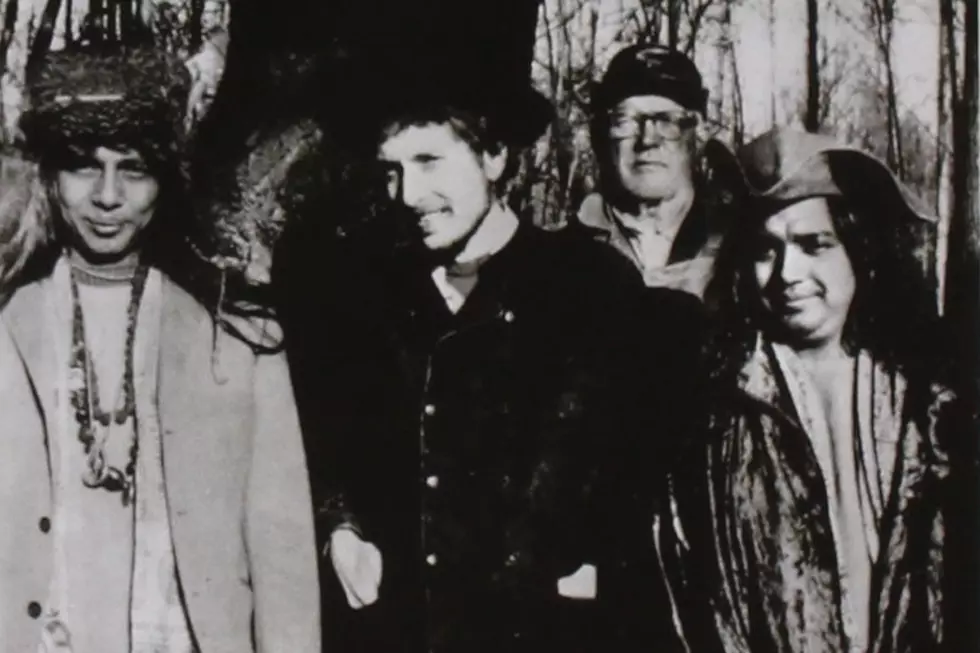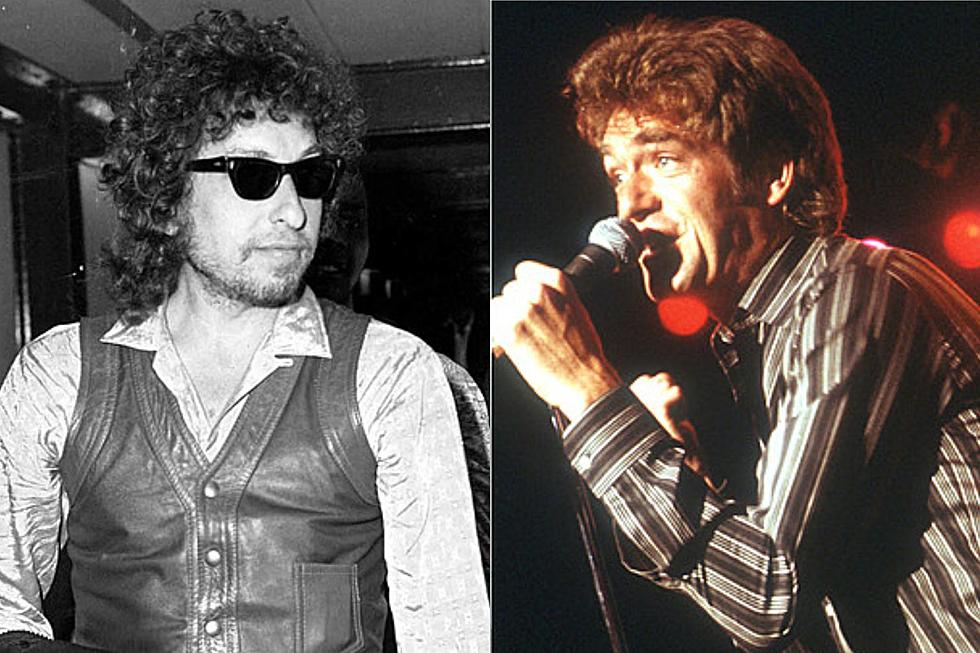
When Bob Dylan Took a Surprisingly Rootsy Turn on ‘John Wesley Harding’
Bob Dylan withdrew from the public eye in mid-1966, following a whirlwind couple of years in which he became a legend and a reluctant star.
He ultimately found a reason that was fitting of his testy image at the time: Dylan claimed he was in a motorcycle accident, which fans still dispute to this day. Was it real? Or was it staged so that the increasingly agitated and reclusive singer-songwriter could get away from it all for a while and clear his head?
Whatever the case, Dylan spent the downtime reinventing his music.
First, he holed up in a house in Woodstock, N.Y., with the Band, cutting what would become known as The Basement Tapes. (This material wouldn't receive an official release until 1975, after years of bootlegs.) Then, during the last couple months of 1967, he went to Nashville to record a new batch of country-influenced songs that would complete his first album since 1966’s double-LP masterpiece Blonde on Blonde.
When John Wesley Harding arrived on Dec. 27, 1967, fans didn’t know what to make of it.
Listen to Bob Dylan Perform 'All Along the Watchtower'
For one thing, Dylan’s tough snarl had given way to a warmer, richer tone. And the music — once free-falling and almost carnival-like in its rock ‘n’ roll showmanship — was now toned down and laid-back. It was basically campfire country music for Summer of Love hippies.
This was one of the clearest signs that one of our most important artists would never be pigeonholed again. Starting with this terrific, mostly acoustic album, any curveballs that Dylan threw over the next four decades would not be totally unexpected. John Wesley Harding mostly took the form of lazy-day shuffles, casual dialogues between Dylan and a spare backing band which included a pedal-steel guitar player.
The LP's best songs — "All Along the Watchtower" and "I’ll Be Your Baby Tonight" — sound little like the Dylan of the previous year. Put in perspective, however, they make perfect sense within the evolution of his career. The new style paid off: John Wesley Harding reached No. 2, Dylan’s highest-charting album until Planet Waves with the Band became his first No. 1 in 1974.
John Wesley Harding also set the tone for the next several years and albums, where Dylan would dig even deeper into American roots and its place among contemporary music. This project remains both a foundation for that movement, and Dylan’s most significant work in the genre.
Top 10 Double Albums
Odd Couples: Bob Dylan and Michael Bolton
More From Ultimate Classic Rock









